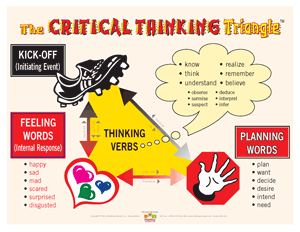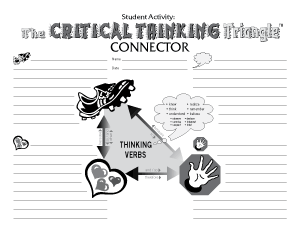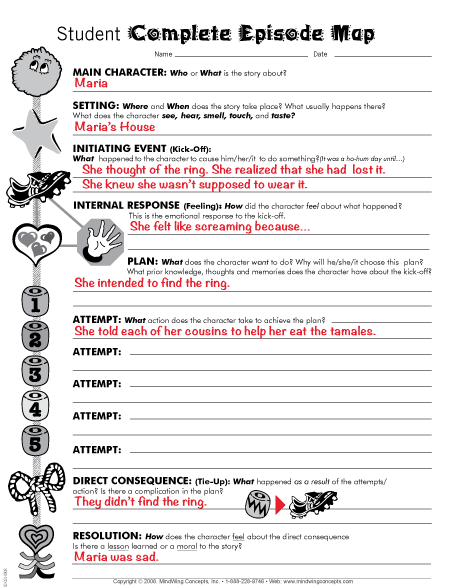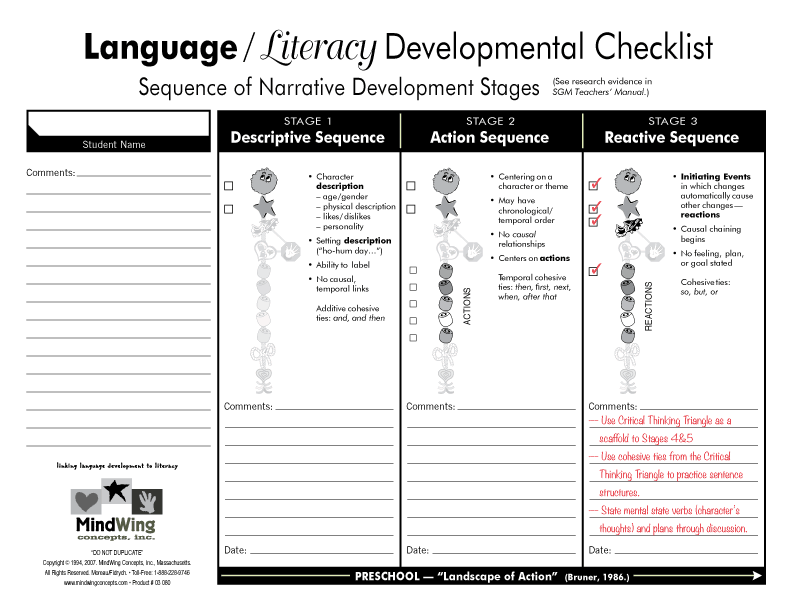Secure Checkout + FREE SHIPPING (U.S. Orders over $60)
Menu
-
- Home
-
About Us
-
The Approach
-
Linking Language & Literacy
-
Professional Learning
-
Learning Resources
-
SHOP
-
Blog
-
- About MindWing
- Our People
- Contact Us
- Your Account
- Login
-
United States (USD $)

Secure Checkout + FREE SHIPPING (U.S. Orders over $60)
Maryellen’s Analysis of Emma’s Sample
by Maryellen Rooney Moreau May 13, 2016 6 min read
The following is an analysis of Emma’s written expression of Too Many Tamales. (See previous blog, Analyze A Narrative Written Sample.) Emma’s third grade teacher considered her to be among the top writers in the class and we agree!
We’ve included a typed version of her writing, an analysis and a conference suggestion for use during the Writing Process.
In our conferencing points, we included mapping using samples of the Story Grammar Marker® iconic maps. If you are not familiar with our Data Collection tools, we have a wide variety to accommodate student needs and your intervention goals. There are also student tools that will assist students in assessing their own work. Below is a sampling of how I would approach conferencing with Emma.
Episode 1: Kitchen
One Christmas Marie was making tamales with her mother. She felt very grown up because she got to wear makeup and perfume. Her job was to nead the mead. Wile her mother answered the phone, Marie saw the ring and decided to try it on. When she tried the ring on, she thought it looked so pretty she would keep it on for a little longer. Then Marie went back to neading. Her mother then came in and told Marie to get her father to boil the tamales.
Analysis
This is the setting up of the story—the Characters and Setting. Emma includes details such as descriptors. There is a Mental State verb here—“thought.” Cohesive ties are primarily temporal (first, next, etc.).
Thought is a Mental State verb.
Emma does not note the Kick-Off here in that it was a dilemma that Maria experienced…should she, or should she not try on the ring? This challenge is the initial Kick-Off for the story and is beautifully shown in the illustrations in the book. Maria actually waited for her mother to leave the room before trying on the ring. Maria saw the opportunity, experienced feelings and thoughts leading to a decision to try on the ring. This scenario would be a “lesson” to use with Emma as she reflects upon her writing. She mentions the presence of the ring and the Plan to try it on but the rest of the Critical Thinking Triangle® is missing (Feelings and Thoughts about the appropriateness). Inference would be necessary using clues that the illustrations and words indicate that she waited for mother to leave to answer the phone before she tried the ring on. The first episode is expressed as a Action Sequence.
Conferencing Points
Fleshing out of the Kick-Off dilemma. When Maria’s mother left the room to answer the phone she left her diamond ring on the counter. Maria looked at the ring with admiring eyes. Notice the illustration. Did Maria wait for her mother to be out of the kitchen before she tried on the ring? Why? What makes you think that?
I would use the Critical Thinking Triangle® Mini-Poster in this conference. Use of SGM® iconic maps such as this make suggestions concrete and visibly doable as the student revises his own map.


Episode 2: Bedroom
Soon Marie’s family came over. She took her cousins to her bedroom. As her oldest cousin was cutting out a picture of a purl bracelate she thought of the ring. “The ring.” She nearly screamed. She lead her cousins downstairs to the kithen and told them to help her eat the tamales.
Analysis
The content is communicated through a Reactive Sequence. The hallmark of this narrative stage is the appearance of the causal chain. It is critical that students identify the Kick-Off (cause). The thought of the ring is a Kick-Off! Notice that a thought can be an initiating event (kick-off). Emma expressed Maria’s feeling: She nearly screamed (a linguistic verb) as a Reaction, indicating emotion. Then, Maria led her cousins downstairs and told them to eat the tamales. No cohesion words such as “so” or “because” are used to connect the Kick-Off thought, her Feelings and the Consequence of eating the tamales. If we did not know the story, these would have been a simply a series of reactions to the Kick-Off, or details that happened.
Conferencing Points
There are two lessons here:
- The first would be to add (so) as a cohesive tie to show the causal chain. “The ring.” She nearly screamed! So, she led her cousins…
- The second would be to complete the Critical Thinking Triangle® (Kick-Off, Feeling, Mental State and Plan) using a cohesive tie word such as “so” or “because.” This process would assist Emma in inferring Maria’s thoughts about her mother’s precious ring and the fear of the loss, and ultimately, what Maria would do.

|
|
Episode 3: Kitchen
After 23 tamales they each took a bit of the last one. After finding no ring in the tamales, she quizzed her cousins on the tamales they ate. After the yogest said the ring was in his stomach, she almost cried.
Analysis
Notice the temporal tie “after.” This cohesion word signals an Action Sequence structure. Although this episode is expressed as an Action Sequence, the Action also provides a Direct Consequence to the Plan mapped out in the previous episode: there was no ring in any of the tamales! Maria reflects on this with sadness (Resolution).

View enlarged map
Conferencing Points
Assist Emma in expressing the end of the Episode Map by noting the Direct Consequence and the Resolution noted here in this segment. Supply the map and discuss this outcome as it relates to her intention to find the ring in the tamales and now using that outcome as a Kick-Off for the final episode: telling mom. What lesson is Maria learning here?
Note: By analyzing the text itself in such depth, we, as instructors may think aloud as we conference about stories and assist students to connect clues to infer deeper meaning by connecting the outcome of one episode to the Kick-Off for the next!
Episode 4: Living Room
As she went to tell her mom about the ring, she saw it on her mom’s hand. Her mom found the ring! After Marie told her mother about eating the tamales, they all made new ones. In the end, everyone was happy and laughing.
Analysis
Again, the cohesive ties are those of a temporal sequence. The Kick-Off of seeing the ring on her mom’s hand and the realization that mom had found the ring are expressed as Actions.
Conferencing Points
This entire episode could be “fleshed out” using, again, the Critical Thinking Triangle® as a tool for inference. Emma may say that Maria was shocked. Ask her “Why do you say that?” Emma would provide the fact that the Kick-Off happened (seeing the ring on mom) and that it was unexpected.
We would ask Emma to use the Complete Episode Map as a tool to discuss the story, then revise her written expression.
SUMMARY
Emma uses primarily temporal cohesive ties in her sentence structure, indicating that she is connecting elements of the story as a series of Actions (microstructure). However, there is evidence of advancing story grammar (macrostructure) where Emma expresses Kick-Offs and states Maria’s reactions (some Feelings and Actions). This would be indicative of components of the Reactive Sequence (Stage 3) of the narrative development stages. However, there is story grammar component evidence in each of Emma’s episodes of advancing narrative structure (Feeling words and Actions). In conferencing with Emma, I would use the Critical Thinking Triangle® (maps, Stamps and Magnets, too) to discuss with her, the inference necessary (mental states/plans) and inclusion of cohesive ties necessary, to bring this written expression to a Complete Episode.
Please note that I would expect Emma to soon progress to Stages 4 and 5 connecting story grammar components with appropriate cohesive ties after conferencing as described above.
Notes of Emma’s progress can be noted on MindWing’s Braidy Quarterly Data Collection and Monitoring Set or Student Language-Literacy Developmental Checklist. Side 1 is shown above.
Our Talk to Write, Write to Learn manual contains more conference ideas and mapping strategies.
Maryellen Rooney Moreau
Maryellen Rooney Moreau, M.Ed., CCC-SLP, is the founder of MindWing Concepts. She earned her Bachelor of Arts degree in Communication Disorders at University of Massachusetts at Amherst as a Commonwealth Honors Scholar, and a Masters of Education in Communication Disorders at Pennsylvania State University. Her forty-year professional career includes school-based SLP, college professor, diagnostician, and Coordinator of Intervention Curriculum and Professional Development for children with language learning disabilities. She designed the Story Grammar Marker® and has been awarded two United States Patents. She has written more than 15 publications and developed more than 60 hands-on tools based on the SGM® methodology. Maryellen was awarded the 2014 Alice H. Garside Lifetime Achievement Award from the International Dyslexia Association, Massachusetts Branch.
Leave a comment.
Comments will be approved before showing up.

